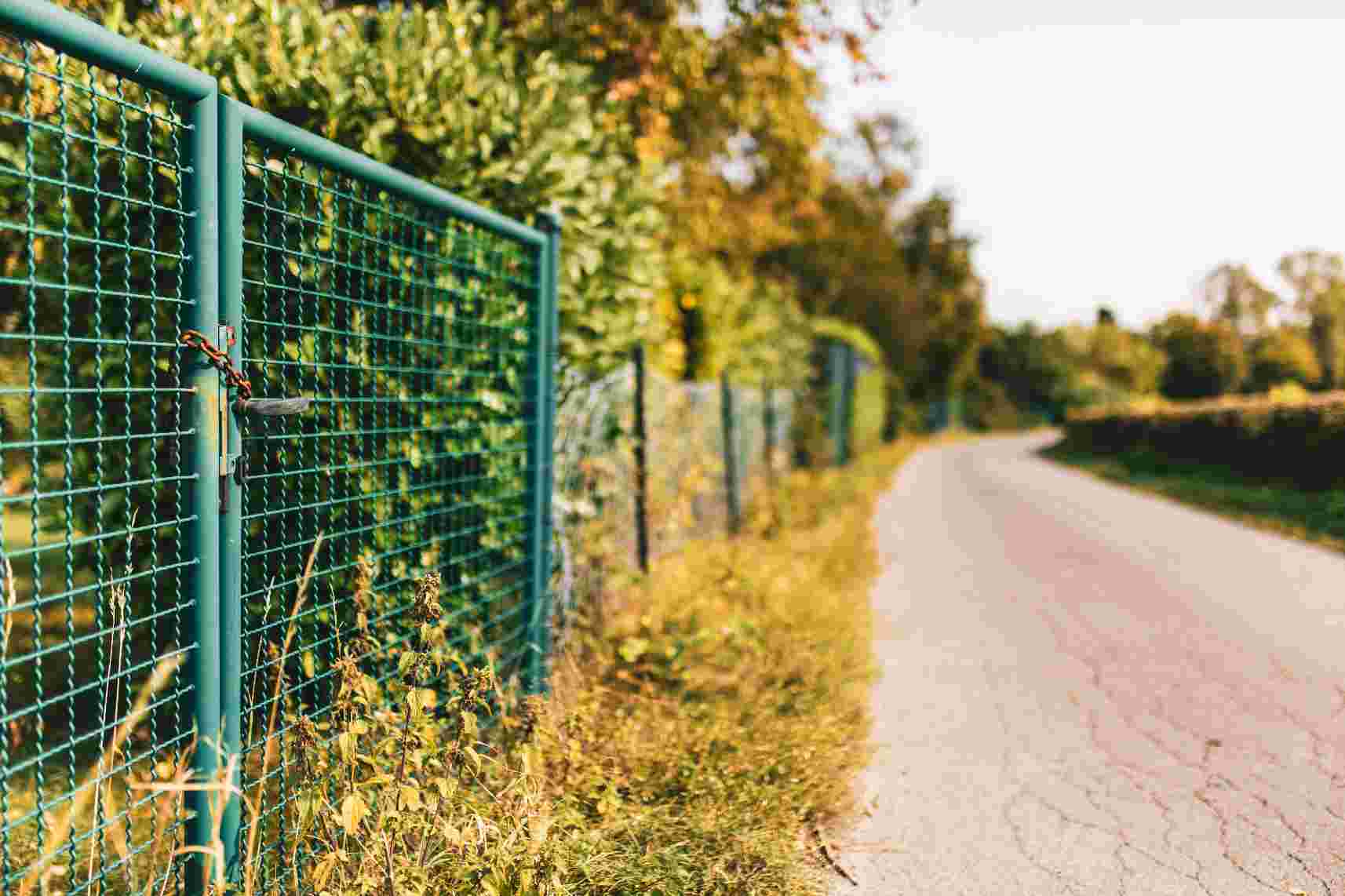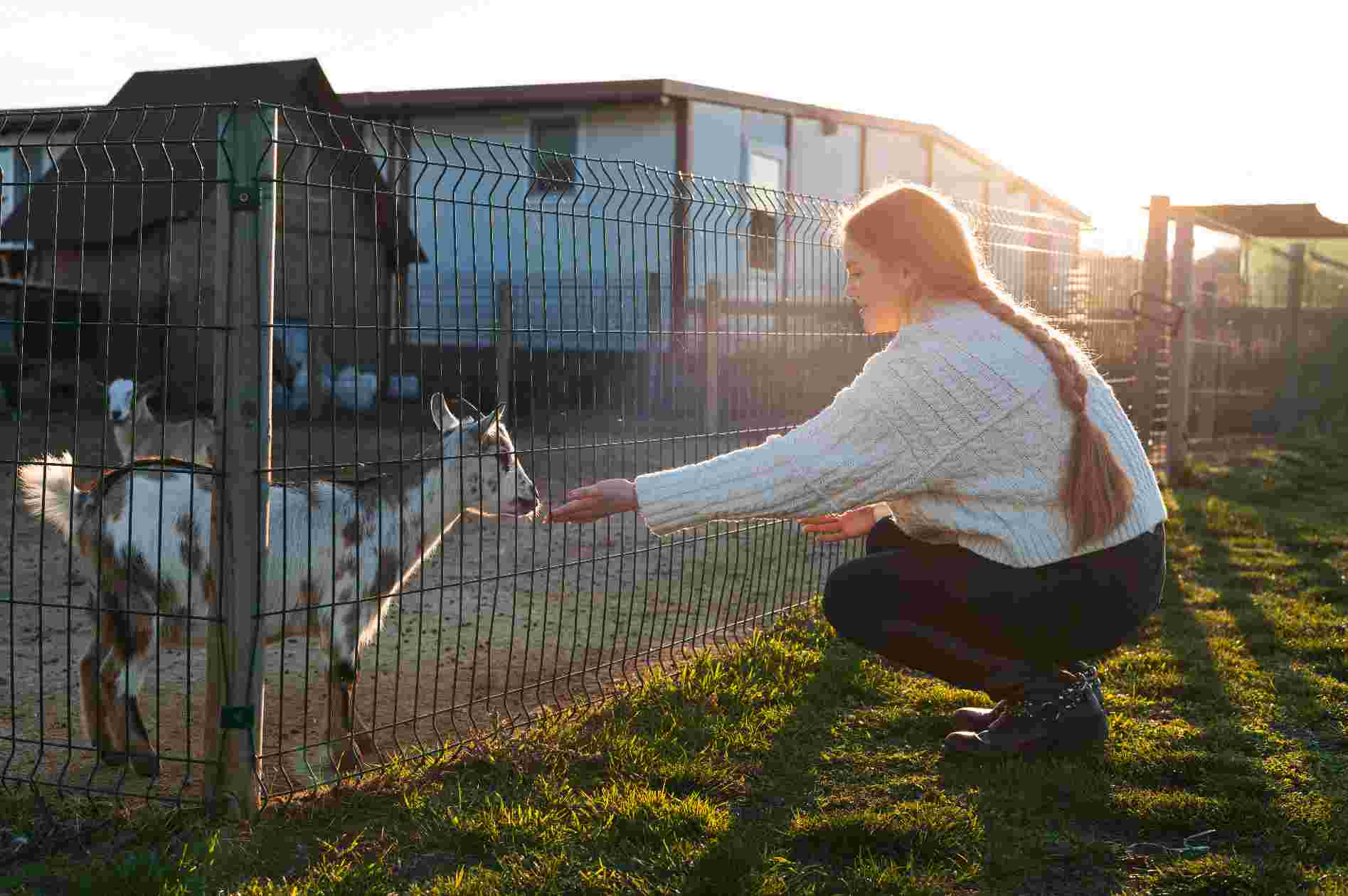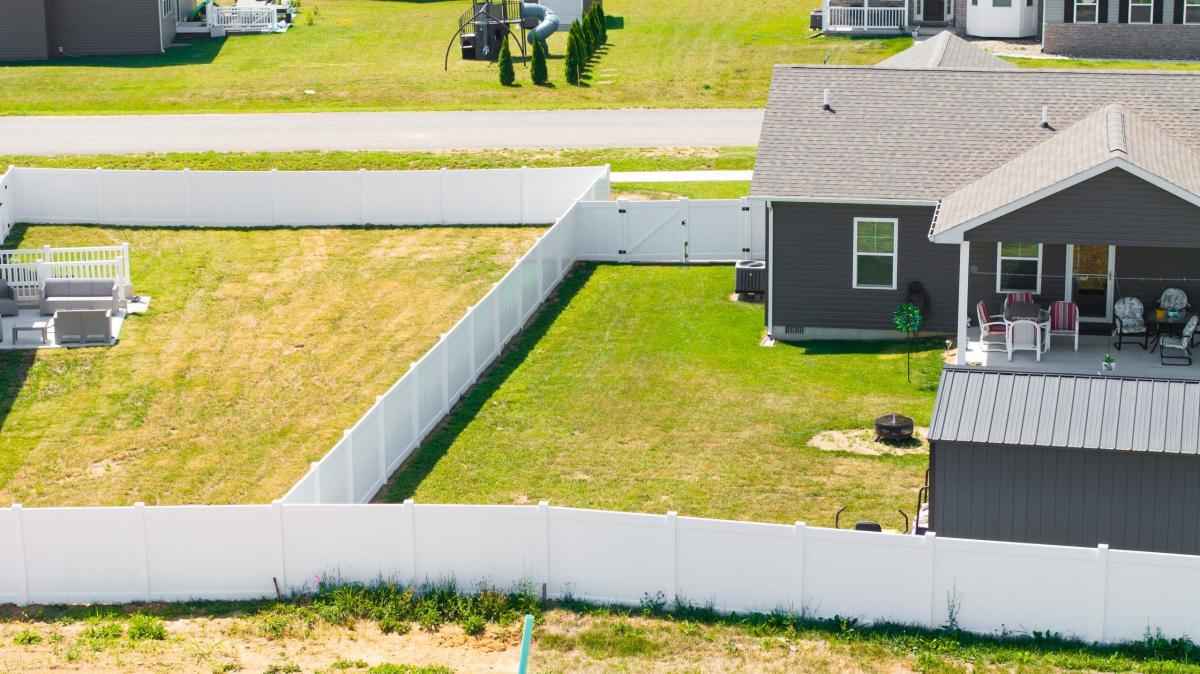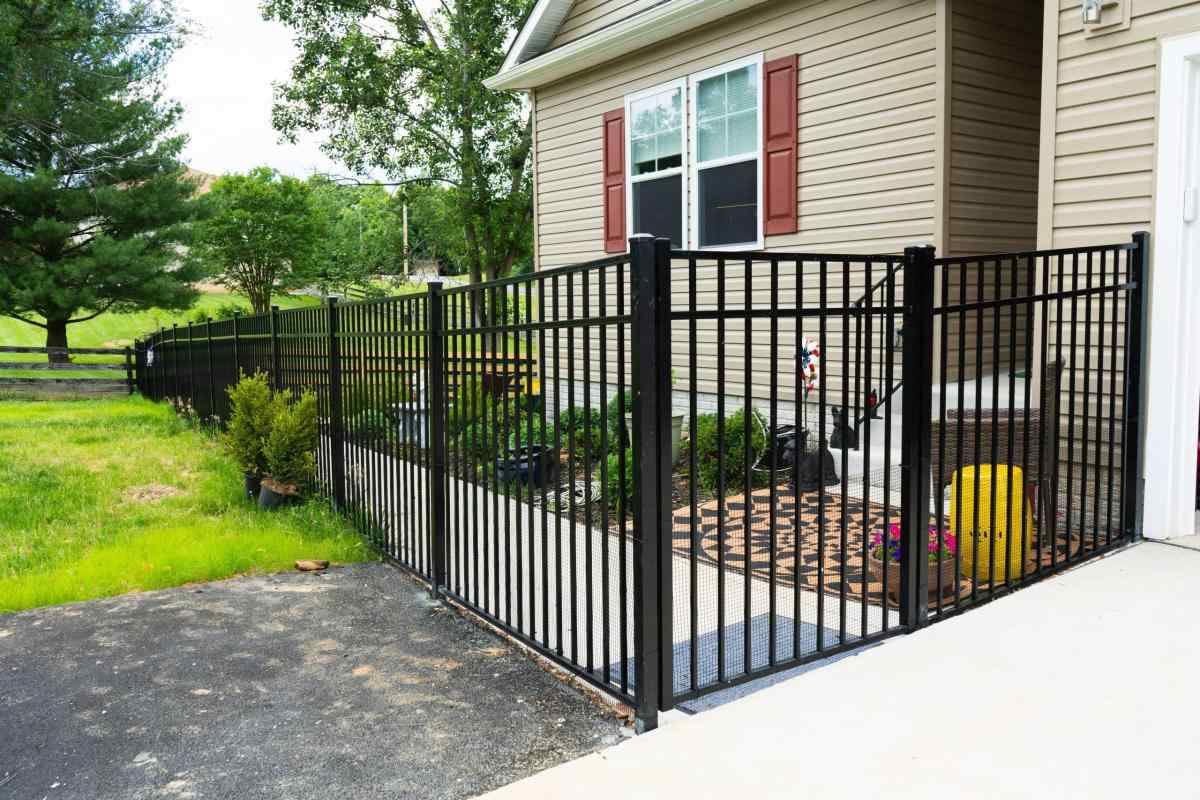Introduction to composite fencing
Composite fencing is a modern alternative to traditional wood and metal fencing. It is a durable and low-maintenance fencing option that combines wood fibers and recycled plastics. Composite fencing offers various design options and can mimic the look of wood while providing the durability of plastic. It is also resistant to rot, decay, and insect damage. Additionally, composite fencing is eco-friendly as it utilizes recycled materials.

Benefits of composite fencing for modern homes
Composite fencing offers a range of benefits for modern homes. Firstly, it provides low maintenance, as it doesn’t require painting or staining, making it a time-saving option. Additionally, composite fencing is highly durable and resistant to rot, decay, and insect damage, ensuring a long-lasting solution for your home. Moreover, it offers a contemporary and sleek aesthetic, enhancing the overall look of modern homes. Furthermore, composite fencing is an eco-friendly choice, as it is often made from recycled materials, contributing to sustainable living. Lastly, it provides excellent privacy and noise reduction, creating a peaceful and private outdoor space for your home.
Sustainable and eco-friendly aspects of composite fencing
Composite fencing is a sustainable and eco-friendly option for modern homes. It is made from recycled materials, such as plastic and wood fibers, reducing the environmental impact of traditional fencing materials. Additionally, composite fencing requires minimal maintenance, eliminating the need for harmful chemicals used in preserving other fencing materials. It is also durable and long-lasting, reducing the overall environmental footprint of regular fence replacements.
Innovative design trends in composite fencing
Innovative design trends in composite fencing focus on creating a sleek and contemporary look for modern homes. Composite fencing materials offer a variety of styles, from horizontal and vertical lines to geometric patterns, providing a fresh and unique appeal to your outdoor space. Some trending design features include:
- Mixed Materials: Combining composite materials with other elements such as metal or glass for a dynamic and modern aesthetic.
- Sustainable Options: Utilizing eco-friendly materials and colors to promote a green environment and a modern, vibrant style.
- Customizable Panels: Tailoring the design to fit your individual preferences and outdoor landscape, ensuring a personalized and distinctive look for your home.
These design trends in composite fencing can elevate the visual appeal of your property while providing durability and low maintenance for a modern lifestyle.
Durability and low maintenance features
Composite fencing offers exceptional durability and low maintenance features that make it an attractive choice for modern homeowners. The composite material is designed to withstand harsh weather conditions, resist fading, and avoid rotting or warping. This means that once installed, you can expect minimal upkeep and a long-lasting, stylish fence for your home.
Customization options and color trends
When it comes to composite fencing, there are numerous customization options and color trends to consider for your modern home. Some of the customization options include different textures, finishes, and styles to match your aesthetic preferences. In terms of color trends, the current popular choices include natural wood tones, sleek neutrals, and bold contemporary hues. Keep in mind that the right customization and color choice can enhance the overall appeal of your modern home.
Installation process of composite fencing
Composite fencing is relatively easy to install because of its lightweight and durable nature. The installation process typically involves simple steps such as measuring and cutting the fence panels to fit the designated area, securing the fence posts, and attaching the panels using screws or clips. Most composite fencing systems are designed for DIY installation, making it a convenient choice for homeowners who enjoy taking on home improvement projects. It’s important to follow the manufacturer’s guidelines for proper installation to ensure the fence is secure and visually appealing.
Cost comparison with traditional fencing materials
Composite fencing is generally more expensive upfront compared to traditional materials like wood or vinyl. The initial cost of composite fencing can range from $20 to $40 per linear foot, while traditional wood fencing can cost between $10 and $30 per linear foot. Keep in mind that while the initial investment for composite fencing may be higher, it often requires less maintenance and can have a longer lifespan, potentially providing cost savings in the long run.
Maintenance tips for composite fencing
To keep your composite fencing looking its best, here are some simple maintenance tips:
- Regular Cleaning: Use a mild detergent and water to clean your composite fence. This will help remove any dirt, dust, or grime that may accumulate over time.
- Avoid Harsh Chemicals: It’s best to avoid using harsh chemicals or abrasive materials when cleaning your composite fencing, as they can cause damage to the surface.
- Inspect for Damage: Periodically inspect your composite fencing for any signs of damage, such as cracks or discoloration. Addressing these issues early can help prevent further damage.
- Gentle Power Washing: If needed, a gentle power washing can help remove stubborn stains or build-up. Just be sure to use a low-pressure setting to avoid any potential damage.
By following these maintenance tips, you can ensure that your composite fencing stays in top condition for years to come.
Summary: Choosing the right composite fencing for your modern home
Composite fencing is an innovative choice for modern homes, offering a combination of durability and aesthetics. When choosing the right composite fencing for your home, it’s important to consider the following factors:
- Style and Design: Look for composite fencing designs that complement the modern aesthetic of your home, with options such as sleek horizontal lines or contemporary textures.
- Material Quality: Research the composition of the composite fencing to ensure it is durable, low-maintenance, and resistant to elements such as weather and insects.
- Color Options: Explore the range of color options available, ensuring that the fencing complements the exterior color scheme of your home.
- Installation Requirements: Consider the ease of installation and maintenance, as well as any additional features such as customizable heights and modular systems.
By considering these factors, you can select the composite fencing that best suits your modern home’s design and functional needs.








